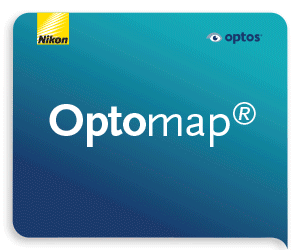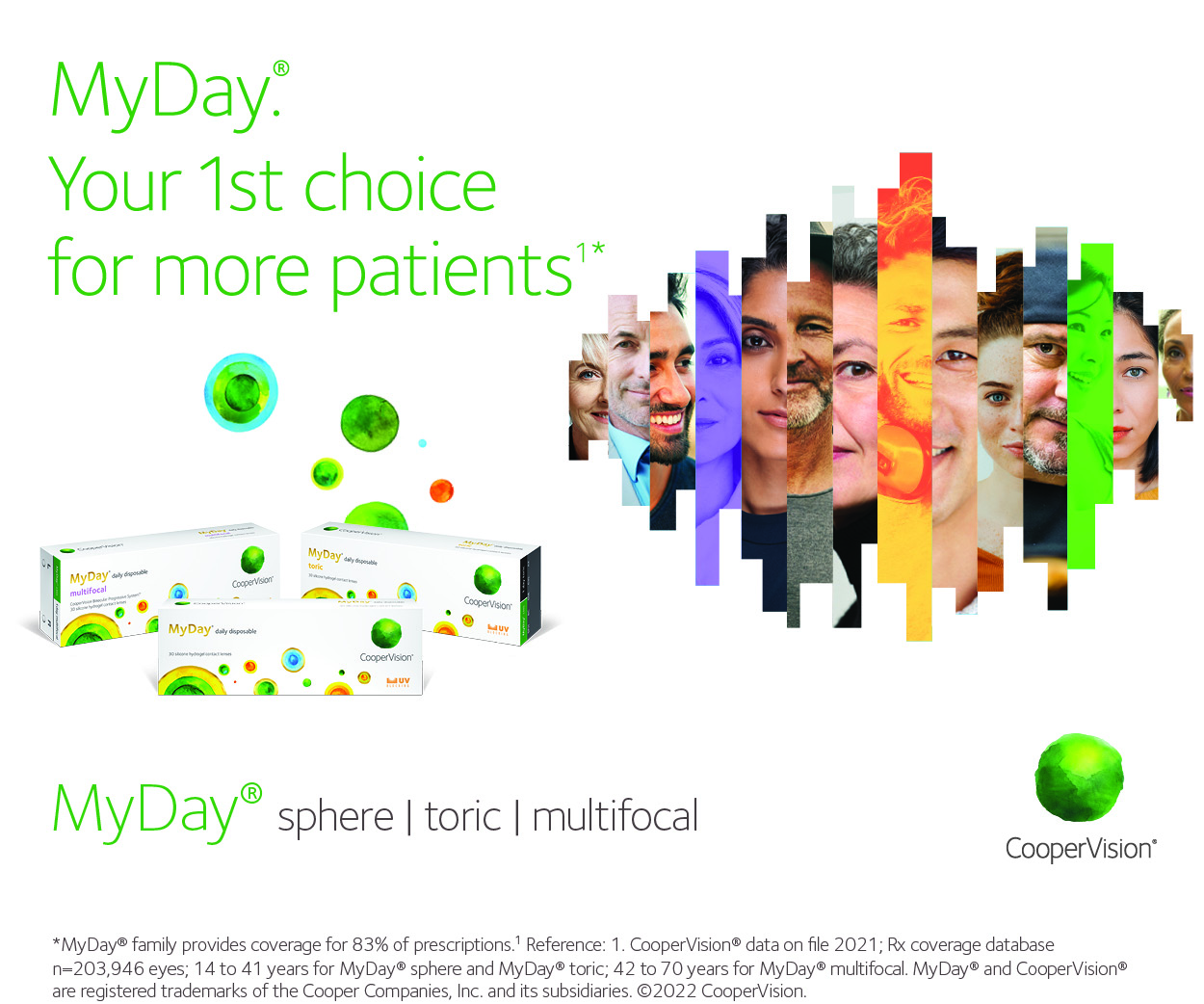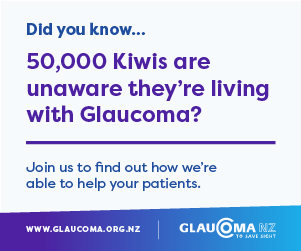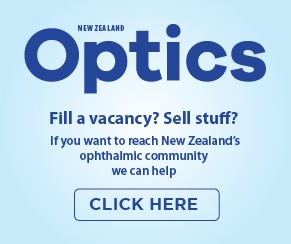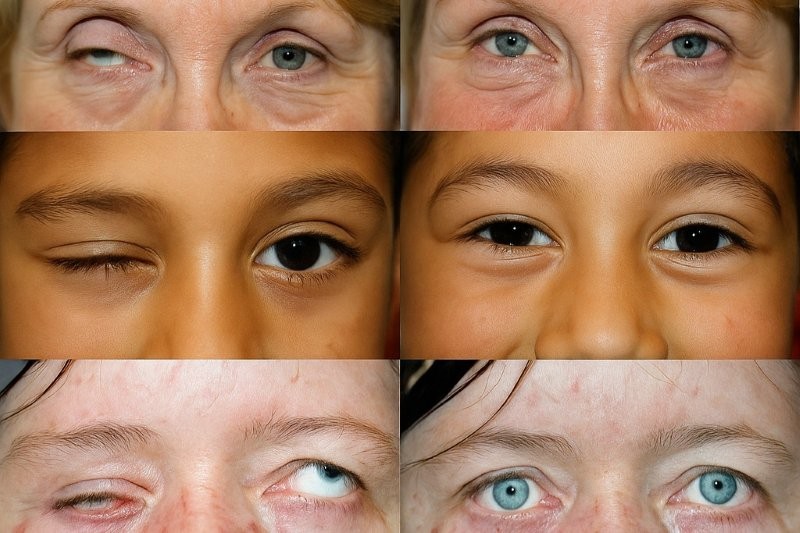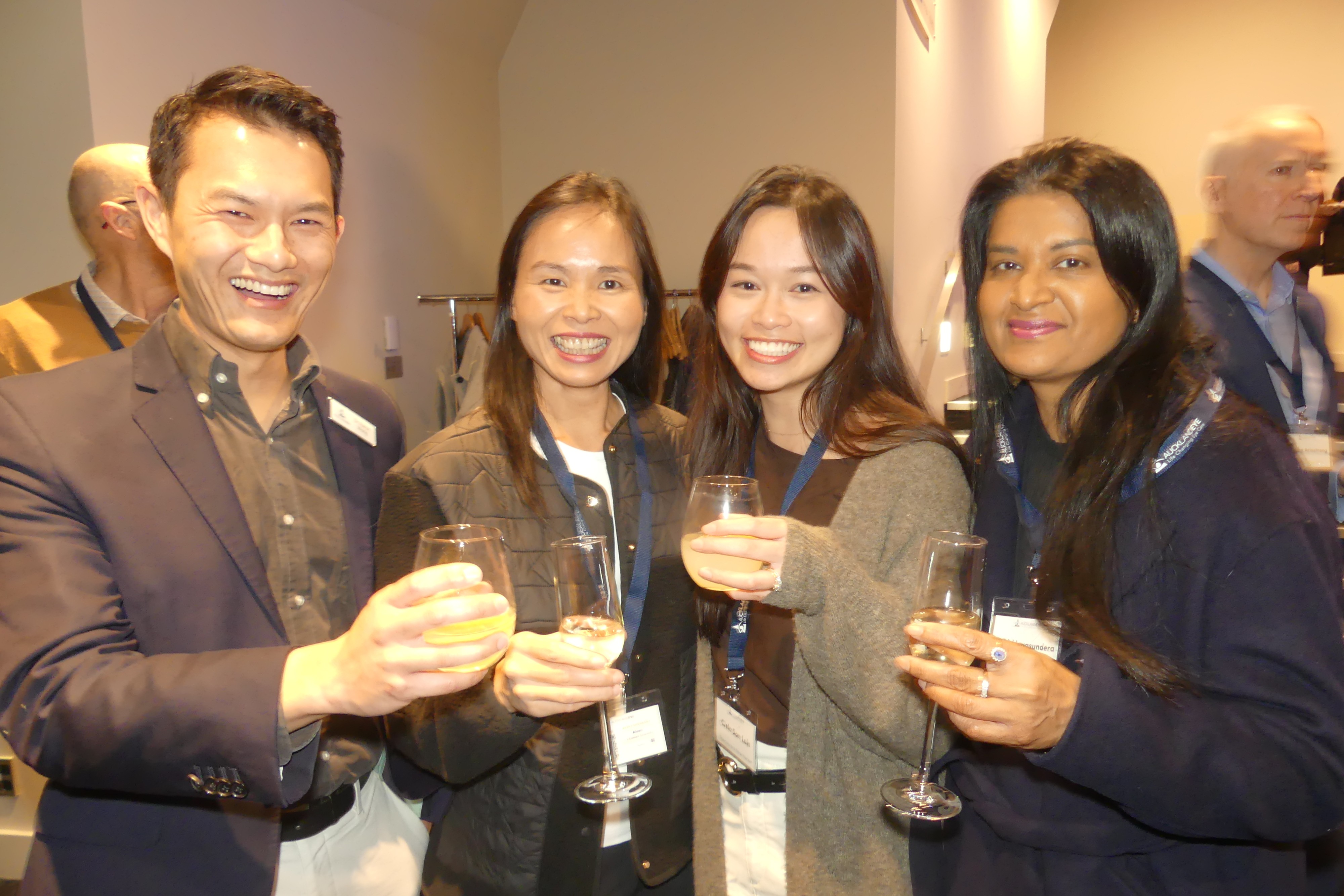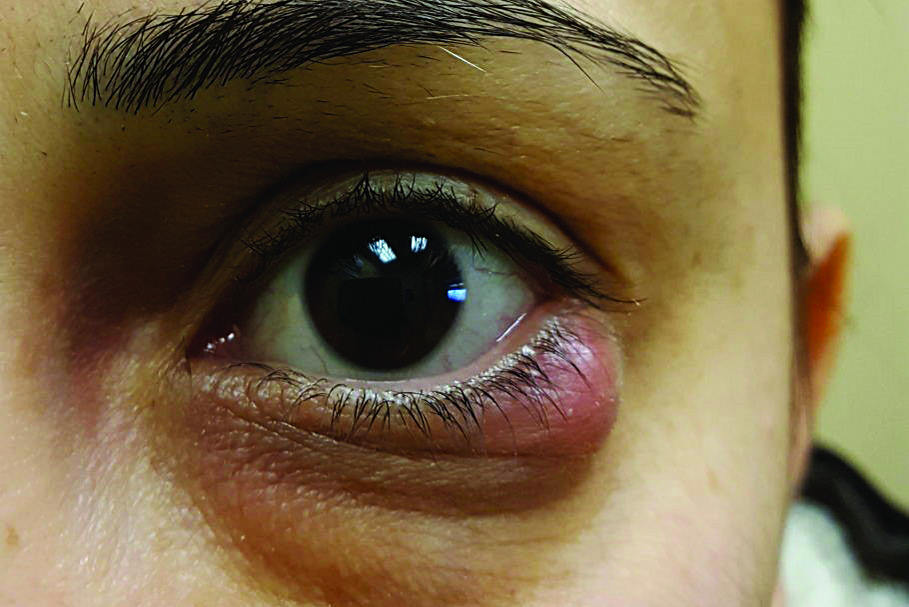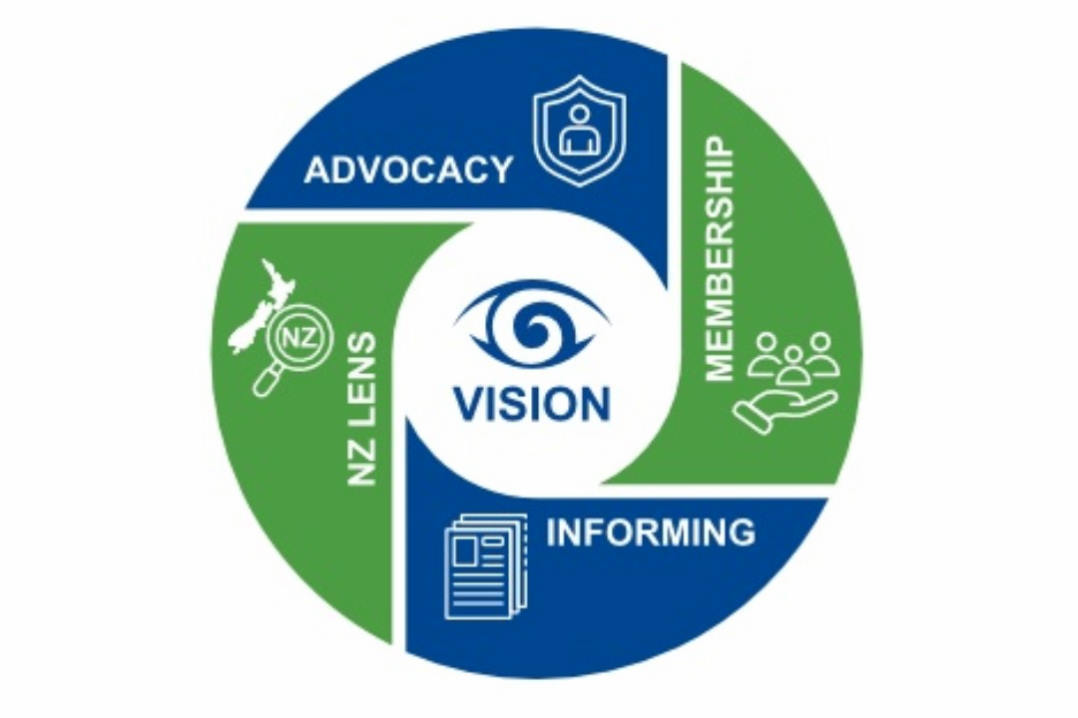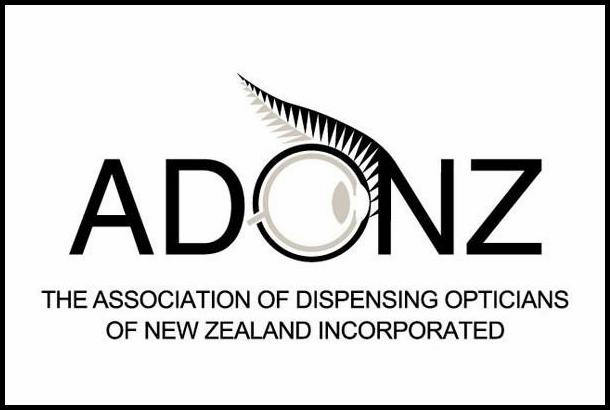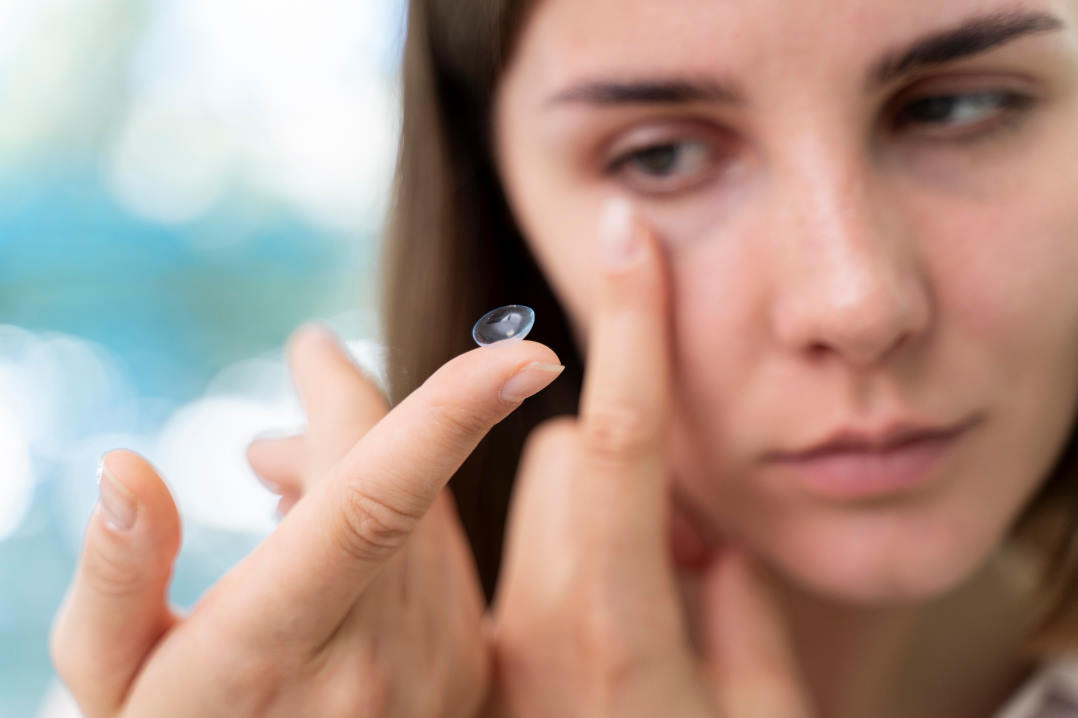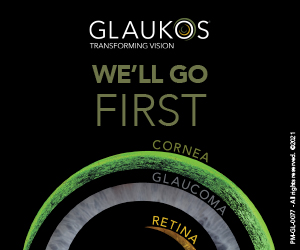Paediatric ophthalmology research update
Term infant brain MRI after ROP treatment by anti-VEGF injection versus laser therapy
Manrique M et al
Journal of AAPOS. 2024;28:104038
Review: This retrospective cohort study analysed very low birth weight infants with type 1 retinopathy of prematurity (ROP) treated with either laser photocoagulation or intravitreal bevacizumab injections. A total of 52 infants were included, 35 treated with laser and 17 with bevacizumab. Term equivalent brain MRI scans (36–46 weeks postmenstrual age) were reviewed and scored for brain and white matter injury severity using the validated Kidokoro scoring system.
The study found no statistically significant difference in overall or white matter brain injury severity between the laser and bevacizumab groups. This study found a trend toward higher Kidokoro scores in the bevacizumab group, however, this was not significant after adjusting for confounders such as gestational age, postmenstrual age at treatment and birth weight.
Comment: This is an important study addressing concerns about potential neurodevelopmental risks associated with anti-VEGF treatment in preterm infants. Previous studies suggested that systemic absorption of bevacizumab could affect neurodevelopment, raising concerns about its long-term safety. However, this study did not find significant differences in brain injury between infants treated with bevacizumab and those treated with laser.
A major strength of this study is the use of standardised MRI scoring to assess brain injury severity. The main limitation of this study is its retrospective nature and small sample size. Additionally, long-term neurodevelopmental outcomes were not assessed, leaving questions about potential cognitive impacts of anti-VEGF treatment unanswered. Future prospective studies with larger sample sizes and neurodevelopmental follow-up are needed to further evaluate the safety of anti-VEGF therapy for ROP.
PHOMS in children: the Copenhagen Child Cohort 2000 Eye Study
Behrens CM et al
Am J Ophthalmol. 2023;245:212-221
Review: This observational, population-based cohort study investigated the prevalence of peripapillary hyperreflective ovoid mass-like structures (PHOMS) in children and their associations with optic nerve head features and myopia. The study included 1,407 children aged 11–12 years from the Copenhagen Child Cohort 2000 Eye Study. Optical coherence tomography (OCT) scans were assessed for PHOMS, disc tilt, prelaminar hyperreflective lines and scleral canal diameter. Children with optic disc drusen or optic disc oedema were excluded.
PHOMS were identified in 8.9% of children, most commonly in the superonasal region of the optic disc. The study found that PHOMS were more prevalent in children with myopia and tilted optic nerves (P<0.001). Prelaminar hyperreflective lines were also more common in those with PHOMS (17.9% vs 7.3% in children without PHOMS, P<0.001). However, there were no significant prenatal factors associated with PHOMS. Notably, prelaminar hyperreflective lines were linked to higher birth weight and continued maternal smoking during pregnancy (P=0.01 and P=0.02, respectively).
Comment: The study provides valuable insights into PHOMS in a paediatric population, reinforcing that they are relatively common and associated with myopia and optic nerve head tilt. Given the frequency of PHOMS, the authors caution against assuming they indicate optic neuropathy without further clinical context.
A key strength of the study is its large, population-based sample and systematic imaging analysis. However, its cross-sectional design means it cannot determine causality between PHOMS and myopia progression. Future longitudinal studies could clarify whether PHOMS play a role in the development of myopia or are simply a secondary finding in eyes with tilted discs.
Overall, this study highlights the importance of recognising PHOMS in paediatric OCT scans to avoid unnecessary concern about optic nerve pathology and to improve understanding of their links to myopia and optic nerve head morphology.
Bilateral cataract surgery in children: immediate sequential vs delayed sequential surgery
Wondem H et al
Journal of AAPOS. 2024;28:103992
Review: This retrospective study compared the outcomes of immediate sequential bilateral cataract surgery (ISBCS) and delayed sequential bilateral cataract surgery (DSBCS) in children. The study included 56 children (23 in the ISBCS group, 33 in the DSBCS group) who underwent surgery at a single centre between 2012 and 2021. Patients were aged 0–24 months and remained aphakic during a follow-up period of at least one year.
The ISBCS group had a significantly shorter total anaesthesia time (100 vs 141 minutes, P<0.001) and required fewer hospital nights (P<0.001) compared to the DSBCS group. The rate of intraoperative and anaesthesia-related complications were similar between the groups and there were no cases of endophthalmitis. The incidence of secondary cataract, glaucoma, strabismus or nystagmus within one year of surgery were also comparable between groups. The mean number of additional surgical interventions and follow-up visits did not differ significantly.
Comment: This study supports the safety and feasibility of ISBCS in paediatric cataract surgery, demonstrating no increased risk of ocular or anaesthesia-related complications compared to DSBCS. The findings align with previous studies highlighting the benefits of ISBCS, including reduced total anaesthesia exposure and hospital stay. Given concerns about neurotoxicity associated with prolonged or repeated anaesthesia exposure in young children, a shorter anaesthesia duration in the ISBCS group is preferrable.
The study’s main limitation is its retrospective design and small sample size. While it suggests ISBCS is a safe and efficient approach, further trials with larger cohorts are needed to confirm these findings. It is also important to remind ourselves of the small but significant risk of bilateral endophthalmitis.

Dr Cheefoong Chong is the co-chair of the Eye Health National Clinical Network Childhood Expert Workstream. Specialising in paediatric ophthalmology and strabismus, he is an honorary senior lecturer at the University of Auckland, involved with the NZ National Retinoblastoma Service and co-director of training for RANZCO’s Education Committee.




